Blue Diamond Dairy: HASP Return on Investment
Region
Stearns County, MinnesotaTimeline
2021 - presentAudience
Dairy and row crop farmersConservation Story
The Frericks are the first generation of their family to run their farm. Starting from scratch lets them be creative and try different practices. The family has received financial and technical support to pursue conservation practices from the NRCS Environmental Quality Incentives Program, livestock investment grants USDA livestock investment grants, and dairy business planning grants.
The Frericks both grew up on dairy farms: Glen on a conservation-minded farm where they didn’t till the soil every year. Rotational grazing for the cows was a common practice on Sadie’s family farm. Today, the couple continues these conservation practices on their operation.
Practice Impacts
- Planting cover crops increases forage for their herds.
- Semi-rotational pasture grazing instead of more intensive rotational grazing helps protect a population of nesting bobolinks.
- Leaving brush piles near their pond and allowing some of their pasture to go un-grazed until after the bobolink nesting season ends protects the birds.
- Minimal tilling allows alfalfa in the spring which is followed with no-till corn.
- Installation of earthen diversions and a manure lagoon improved the water quality of the pond on their farm.

Cover crops
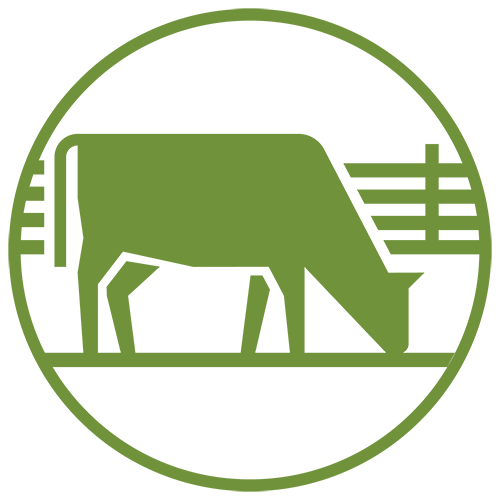
Semi-rotational grazing

Manure management
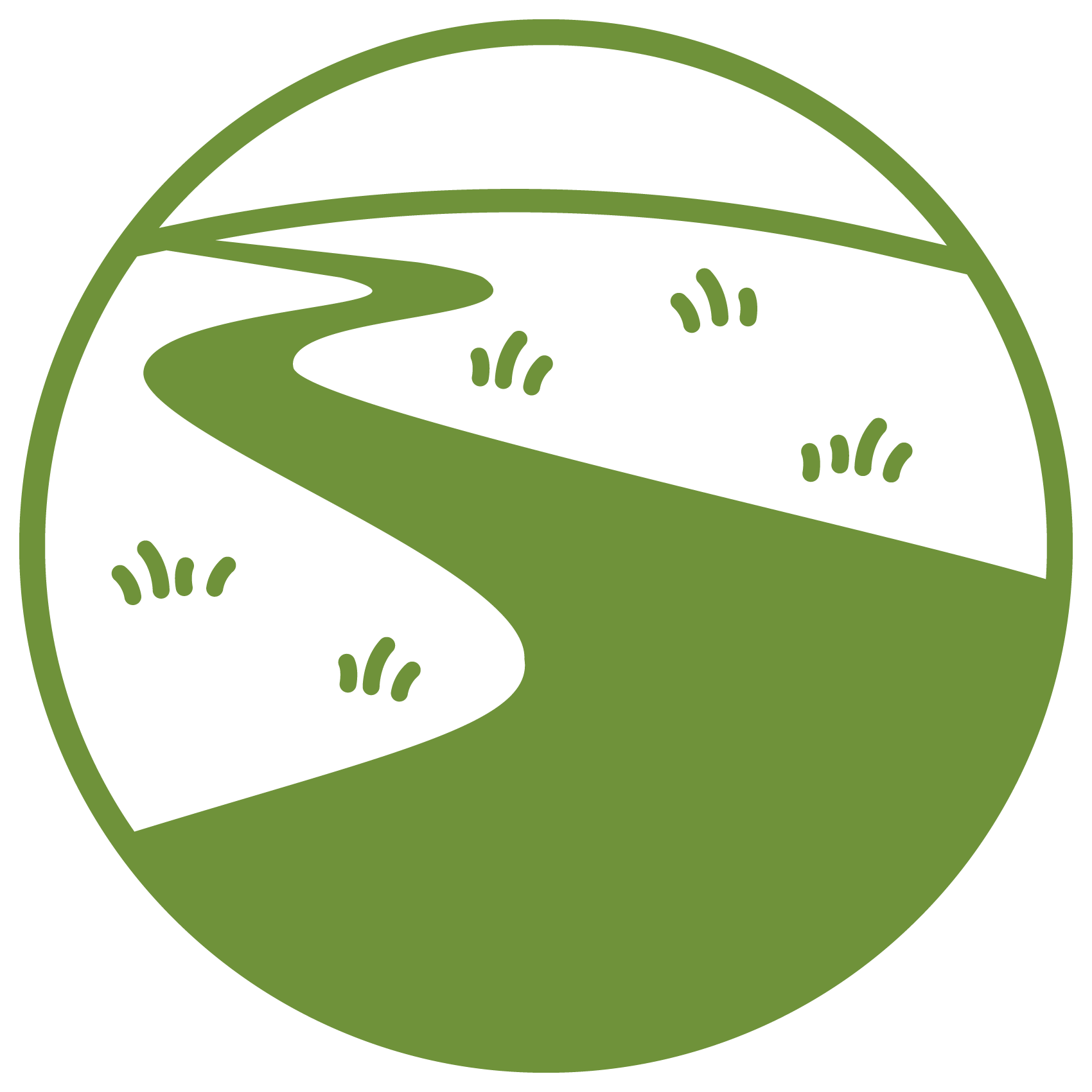
Habitat preservation
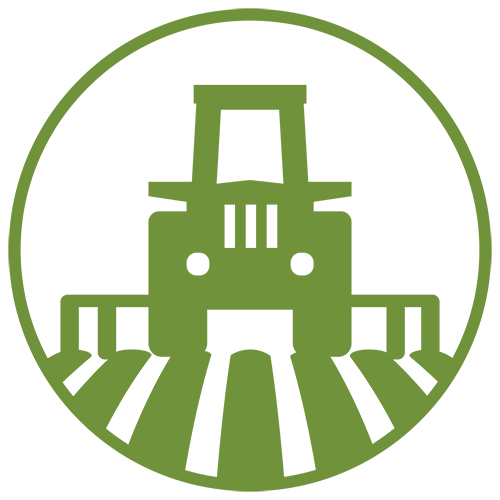
Minimal till

Runoff prevention
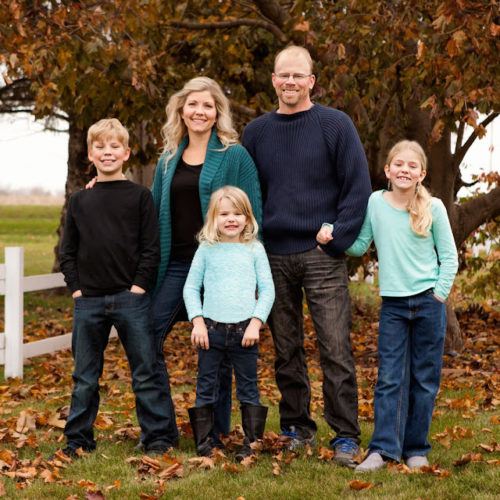
Don’t be afraid to try something new. It’s okay to be outside the cultural norm. Evaluate what practices are really moving the needle and let go of the ones that aren’t. I think learning about other farms is super important.
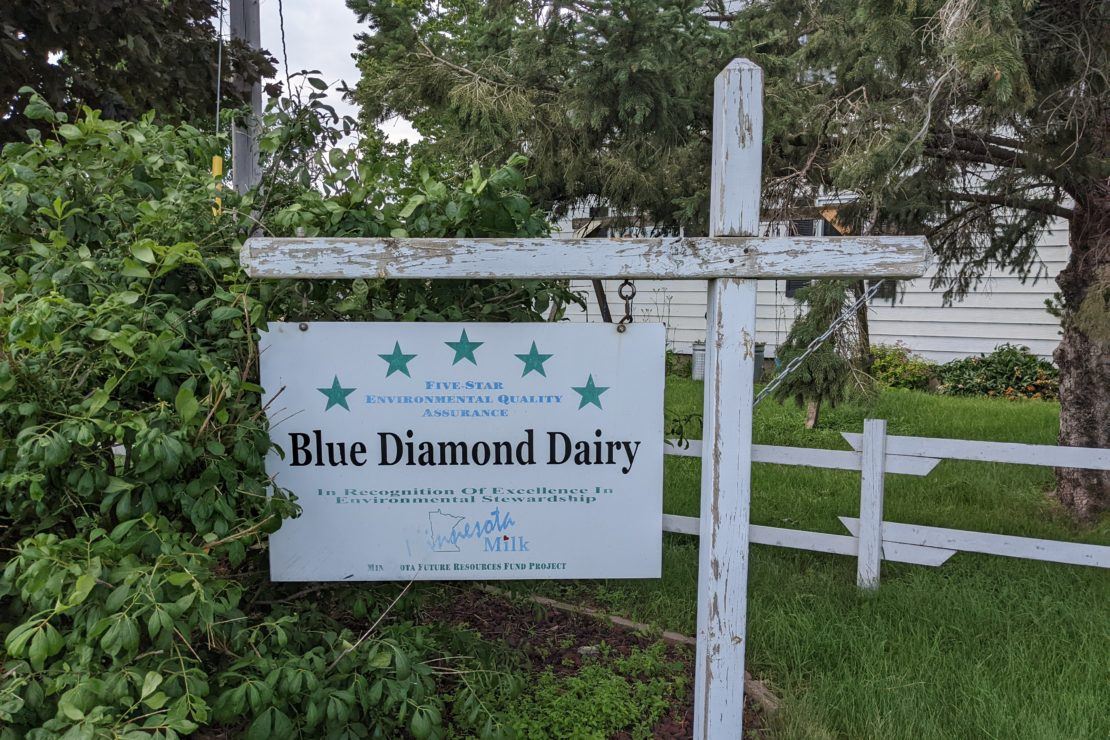
Moving into the Future
While practices such as semi-rotational grazing and cover crop a staple of their operation, the Frericks continue to find ways to add new practices and adapt their current ones. Glen has a five-acre plot near the pasture that he experiments with; he once planted foraging soybeans into a corn rotation there.
Main Takeaways
- Cover crops provide additional feed for their livestock and increase organic matter in the soil. Sadie believes cover crops helped reduce soil runoff during the particularly wet spring of 2022.
- Being the first generation in their family to farm this land, they’ve been able to creatively adopt new practices that improve their yields, soil health, and the local ecosystem.
Agriculture News
Report: Conservation practices benefit the environment and local farmer’s bottom line
A recent return-on-investment study of dairy operations in central Minnesota found that profitability and environmental stewardship are complimentary. The study analyzed 10 farms and found that on average the farms demonstrated improved environmental and financial outcomes compared to benchmarks.
Connecting farmers with nutrients to improve environmental and economic outcomes
MINNEAPOLIS – Protecting Minnesota’s water quality and soil health are priorities for the organizations and farmers in the Headwaters Agricultural Sustainability Partnership (HASP), a group administered by Environmental Initiative. The partnership was recently recognized for its local…
Our role in Minnesota’s Climate Action Framework
The Walz Administration has released their Climate Action Framework, a vision for how Minnesota will address and prepare for climate change. Mike Harley shares examples of Environmental Initiative's commitments to collaborative action.
HASP Return-on-Investment case studies
Schefers Brothers Dairy: HASP Return on Investment
The Schefer brothers joined the return-on-investment program in part to learn how their practices measured up against traditional practices. Learn more about their conservation journey.
Jer-Lindy Farm: HASP Return on Investment
The Jennissen family shares a dream that Jer-Lindy farm can sustainably support Redhead Creamery production growth. Explore how they are working to achieve that vision.
Kuechle Dairy: HASP Return on Investment
The Kuechle siblings operate a third-generation dairy farm, plan to add cover crops into their rotation, and want to learn more about resources from partners and other farmers in the HASP return-on-investment program.
